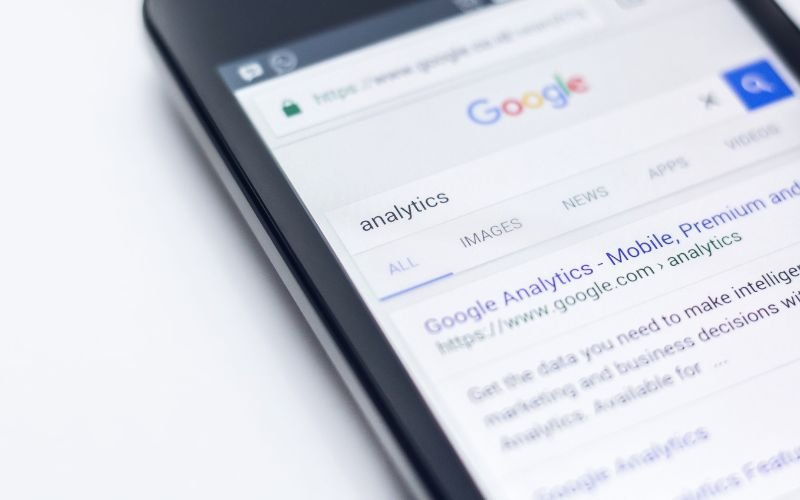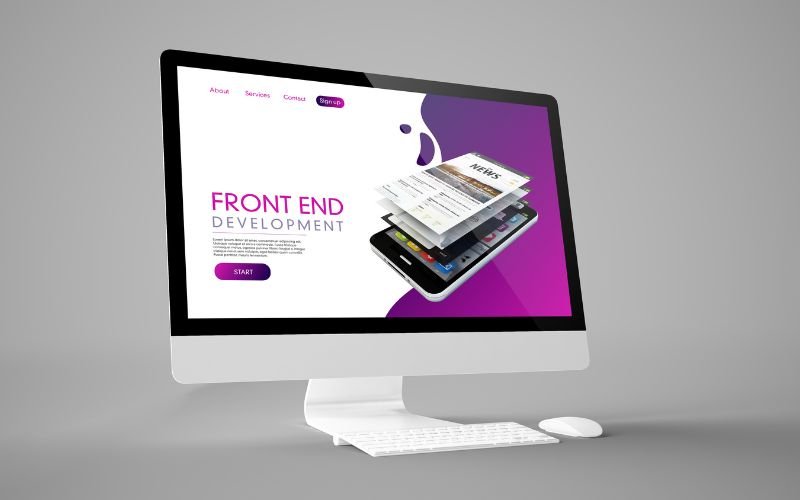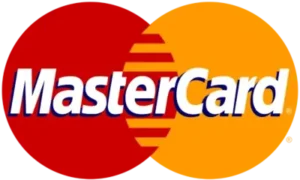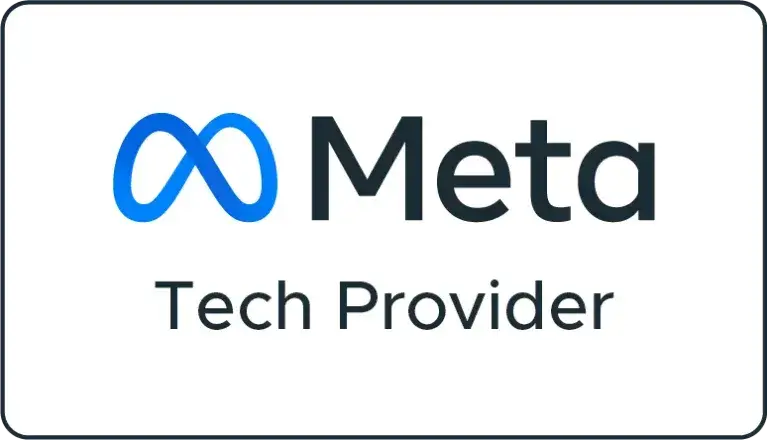Introduction to What Are Google Ads Assets?

Long gone are the days for flat, one-size-fits-all ads. Google Ads Assets replace what was previously called Extensions—these are dynamic pieces that will supercharge your ad performance. These versatile elements offer more details about a business, products, or services related to the same, thereby enhancing visibility and driving engagement. One could very easily associate them with the secret sauce needed to transform an ordinary ad into a powerhouse of attraction.
Why Google Ads Assets are Essential to Your Campaigns
Making a difference counts in everything in today’s competitive digital environment. Google Ads Assets thus becomes quite important in improving your ad’s visibility and relevance. Assets impact greatly on capturing user attention and enticing clicks by giving additional details and call-to-actions. A well-crafted asset strategy may increase click-through rates and lead to better ad ranking, both increasing conversions.
How will Google Ads Assets benefit your business?
There are many advantages to using Google Ads Assets within campaigns. From raising the awareness of a brand to generating leads and driving sales, assets give businesses—irrespective of their size—a host of varied possibilities at their fingertips. They help in building trust and credibility by highlighting USPs, giving more details, and even simply encouraging customers to interact with your business directly.
Types of Google Ads Assets: A Deep Dive
These assets are indeed the building blocks of great ads—providing more information, improving visibility, and driving engagement with customers. Now, let us talk about each of these assets in detail:
Text-based Assets
• Headlines: These are attention-grabbing, short, impactful phrases. They have to clearly mention what your USP is or what the main benefit of your product is.
Examples: “Free Shipping on All Orders”, “Get Your Home Cleaned Today”
o Ads: Must be short, with a view to using powerful action verbs and not missing relevant keywords.
• Description: Adds context to details of what is being offered; they are there to reinforce your headlines and make the user want to click.
Examples: “Professionally cleaning, eco-friendly products”, “Get fast, free delivery on all orders over Rs500.”
Best practice: Includes persuasive language key benefits and has a solid call to action.
Visual Assets
Image Extensions: These will display images alongside your ad, thereby beautifying it. There should be clean and relevant images representing the product or service offered.
Examples: Product image, logo, before-and-after shots
Best Practice: Optimize image size for faster loading, relevant image usage, and consider the use of various image formats such as JPEG and PNG.
Interactive Assets
• Call Extensions: This makes your phone number very conspicuous in your ad so that users can easily call.
Best Practices: Implement call tracking only for ad campaigns with a specific phone number; use local phone numbers for geo-specific campaigns.
• Lead Form Extensions: Receive quality leads directly from your ad with forms that come prefilled.
Best Practices: Few and easy-to-fill form fields, incentives on form completion, and protecting data.
• Location Extensions: Business address with a phone number and map so customers can find you more easily.
Best Practice: Consistency is the key, every platform should receive equal inputs to build trust. Verifying along with claiming your business information goes hand in hand.
• Affiliate Location Extensions: Highlight where your customers can buy your products and get them to visit physical stores.
Best Practice: Partner with known and prestigious retailers, Clearly instruct how to find the product.
• Promotion Extensions: Detail special offers, discounts or time-bound promotions which drive urgency.
Best Practice: Clearly communicate the details of promotion, Use strong calls to action, and monitor performance of promotions.
App Extensions Encourage users to install your mobile app.
Best practices: Include interesting app icons and descriptions; highlight key features and benefits.
Automated Assets
Dynamic Sitelink Extensions These are sitelinks that are automatically created from your website content and give customers more places to go on your site.
Best practices: Ensure good structure and information on the website.
Dynamic Callout Extensions These callouts are auto-created and call out the benefits to key points from ad text.
Best practices: The ad text should be clear and concise.
• Seller Rating Extensions: Reviews and ratings of customers are displayed to generate trust and credibility.
Best Practices: Request reviews from customers; always respond promptly to negative reviews.
You can see that, by carefully choosing and optimizing these assets, you can get really effective ad campaigns. Test different combinations of these assets to find the best performing combinations for your business.
Choosing the Right Google Ads Assets for Your Campaign Goals
The appropriate Google Ads assets will help in fully maximizing the efforts of your campaigns. Let us consider the matching of your campaign goals with the right assets:

Understand Your Campaign Goals
Before you get into the details of choosing assets, be sure to have clear goals for a campaign. Among the common goals are:
• Increasing website traffic: This is about driving more visitors to your website.
• Generating leads: Capturing potential customer information.
• Driving sales: It is about converting website visitors into paying customers.
• Brand awareness: Specific campaigns to create awareness about your brand (logo, images, or just quality) and what products or services it provides.
• Sell a specific product or service: Draw attention to a particular product or service being sold.
Assigning Assets: Aligning with Your Goals
• Drive more traffic to the website.
a. Eye catching headline and descriptions
b. Image extensions make them visually appealing
c. Sitelink extensions provide more navigation options
• Generate leads
a. Lead form extensions gather information that’s useful
b. Call extensions open the doors to callers
c. Headline and description call to action to get those leads
• Drive sales:
a. highlight the advantages and offers of a product with callouts.
b. image Extensions that display products in an image.
c. Use promotion extensions to create urgency.
• Raise brand awareness:
a. Give a lot of attention to robust branding elements headings, descriptions, and images.
b. Structured snippets emphasize key brand qualities.
c. Image Extension may also help to represent brand identity.

• Make customers aware of a specific product or service
a. Headings and descriptions also outline the features and benefits of the product.
b. Image Extensions for product images.
c. Think of Call-outs to bring across Tarmac differences.
Other considerations:
• Target Audience: Tailor your Assets based on the interests and preferences of the Target Audience
• Ad format: Certain Ad formats may allow for a mix of assets in a different manner.
• Device Targeting: Assets may need to be optimized to appear differently based on various devices, such as desktop, mobile, or tab.
• A/B Testing: Try out multiple variations of Assets to see what works better.
By keeping campaign goals and target audience properly in mind, you will be able to choose the best Google Ads assets towards the achievement of the most desirable results.Obviously, Google Ads assets are one of the most powerful tools to drive results and enhance ad performance. You can strategically combine headlines, descriptions, images, and interactive elements to build compelling ads that capture attention, generate leads, and boost conversions.
Mix and match different assets to find out what works best for you, and then track performance metrics to see where you need to make improvements. If you persist at it and make continual optimizations, then you’ll be well on your way toward achieving your advertising objectives.
Frequently Asked Questions on Google Ads Assets
General Questions
Q: What are the Google Ads Assets?
A: The Google Ads Assets are augmenting elements to your ad, giving more exposure and information about your business.
It can be headlines, descriptions, images, call-outs of phone numbers or locations, and a lot more.
.
Q: How does all of this factor into ad rank for Google Ads Assets?
A: While the assets themselves aren’t direct drivers of ad rank, they can be indirectly impactful—as the improved ad quality bumps up your Quality Score, which then drives down cost-per-click with an improved ad rank.
Q: Are there any costs for using Google Ads Assets?
A: There is no charge to add assets to your campaign. You will, however, be charged for every click on your ad, including clicks on interactive assets like call extensions or lead form extensions.
Asset Creation and Management
Q: How many assets can I apply in a single ad?
Q: How many assets can I use?
A: The number of assets you can use is based on ad format and your campaign settings. Google Ads has asset limit guidelines for every type of ad.
Q: Can I A/B test different asset combinations?
A: You can make ad variations by making multiple versions of your assets and then testing them against each other. Google Ads provides the features for A/B testing that will help you optimize your campaigns.
Q: What is the recommended refresh rate for my assets?
A: Refresh your assets from time to time, so they stay relevant and effective. To a great degree, refresh them seasonally or in coordination with promotion timing, or based on performance data.
Asset Performance and Optimization
Q: How can I track how well my assets are performing?
A: Google Ads has in-place performance metrics, segregated by asset type, to let users know how many clicks, conversions, or actions one desires an ad can accrue.
Q: What are some tips for optimizing asset performance?
A: Devise strong, relevant headlines and descriptions; high-quality images; test different combinations; and, from time to time, monitor and adjust in line with performance data.
Q: Can I use assets in various ad groups or campaigns?
A: Yes, you can have similar assets across campaigns or ad groups, but definitely, by necessity, you will need personalization against a particular audience or specific campaign goal.
Asset Creation and Management
Q: Can the same image asset be used by many ad groups or campaigns?
A: Yes, you can use the same image asset on many campaigns and ad groups, but do be aware how relevant that image might be to a specific campaign.
Q: What is the image size requirement for Google Ads image assets?
A: Google Ads requires the image size to be in a certain format. It’s very important to follow these recommendations to properly display images in your ad.
Q: Can I set up when my assets are displayed?
A: Though it is not possible to schedule when an asset is displayed, you can do ad scheduling, which indirectly will impact the times when your assets will be shown.
Asset Performance and Optimization
Q: How do I know which of the assets are performing the best?
This is possible, as Google Ads provides performance metrics for each asset type to compare click-through rates, conversion rates, and other key indicators.
Q: Can I then pause or remove underperforming assets?
A: Yes, turn off any assets that aren’t helping you achieve your campaign goals. That’s the way you can be ensured of the optimal ad performance.
Q: How often should I review and update my assets?
A: Keep refreshing your assets so they are always fresh and relevant. Consider updating at a minimum quarterly, or more often when there are major changes to your business or campaigns.
Asset Best Practices
Q: What are some common mistakes that advertisers make with Google Ads assets?
A: Common mistakes include low-quality images, not replacing the asset on a regular basis, and not testing different combinations of assets.
Q: How do I increase the click-through rate on my ads with assets?
A: Run riveting headlines and descriptions, upload good-quality images, and test different asset combinations to know what works best with your audience.
Q: Should I focus on the quantity or the quality of the assets?
A: Where variety may be useful in terms of assets, the prime consideration must always tend toward the quality of the assets and their relevance for your target audience.













